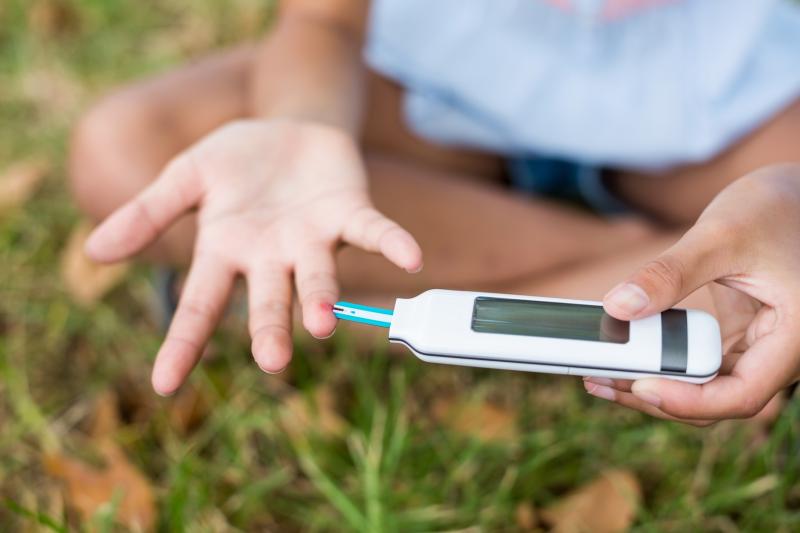 Glucose monitoring: Why it matters for everyone
Glucose monitoring: Why it matters for everyoneContinuous glucose monitoring (CGM) among individuals with type 2 diabetes (T2D) and end-stage kidney disease (ESKD) on haemodialysis helps enhance the detection of hyperglycaemic and hypoglycaemic events, particularly nocturnal and prolonged episodes, suggests a study.
Fifty-nine insulin-treated adults with T2D on haemodialysis (mean age 57.7 years) for at least 90 days were included in this prospective study. They wore a Dexcom G6-Pro CGM and were instructed to perform capillary blood glucose testing (CBG) testing up to four times daily. The investigators then compared the differences in glucose metrics and described CGM patterns in relation to dialysis sessions.
The mean glucose of participants as measured by CBG and CGM was 165.7 and 188.9, respectively, with a corresponding time-in-range (TIR) of 68 percent and 51 percent (p<0.001).
CGM detected hyperglycaemic episodes of 180 mg/dL in all participants, with time above range (TAR) of 180 mg/dL of 47.8 percent. Of these, 90 percent had episodes >250 mg/dL, with TAR >250 mg/dL of 20.9 percent. Moreover, CGM detected higher rates of hypoglycaemia <70 mg/dL (47 percent vs 25 percent; p=0.005) and <54 mg/dL (25 percent vs 12 percent; p=0.08) compared with CBG testing.
Notably, only CGM was able to detect nocturnal (29 percent) and prolonged hypoglycaemia (12 percent). CGM also demonstrated a pattern of improved glucose levels of predialysis days, lower glucose levels during haemodialysis, and a rapid rise after dialysis.
“CGM revealed distinct glycaemic patterns related to dialysis sessions, potentially enabling more personalized management,” the investigators said.